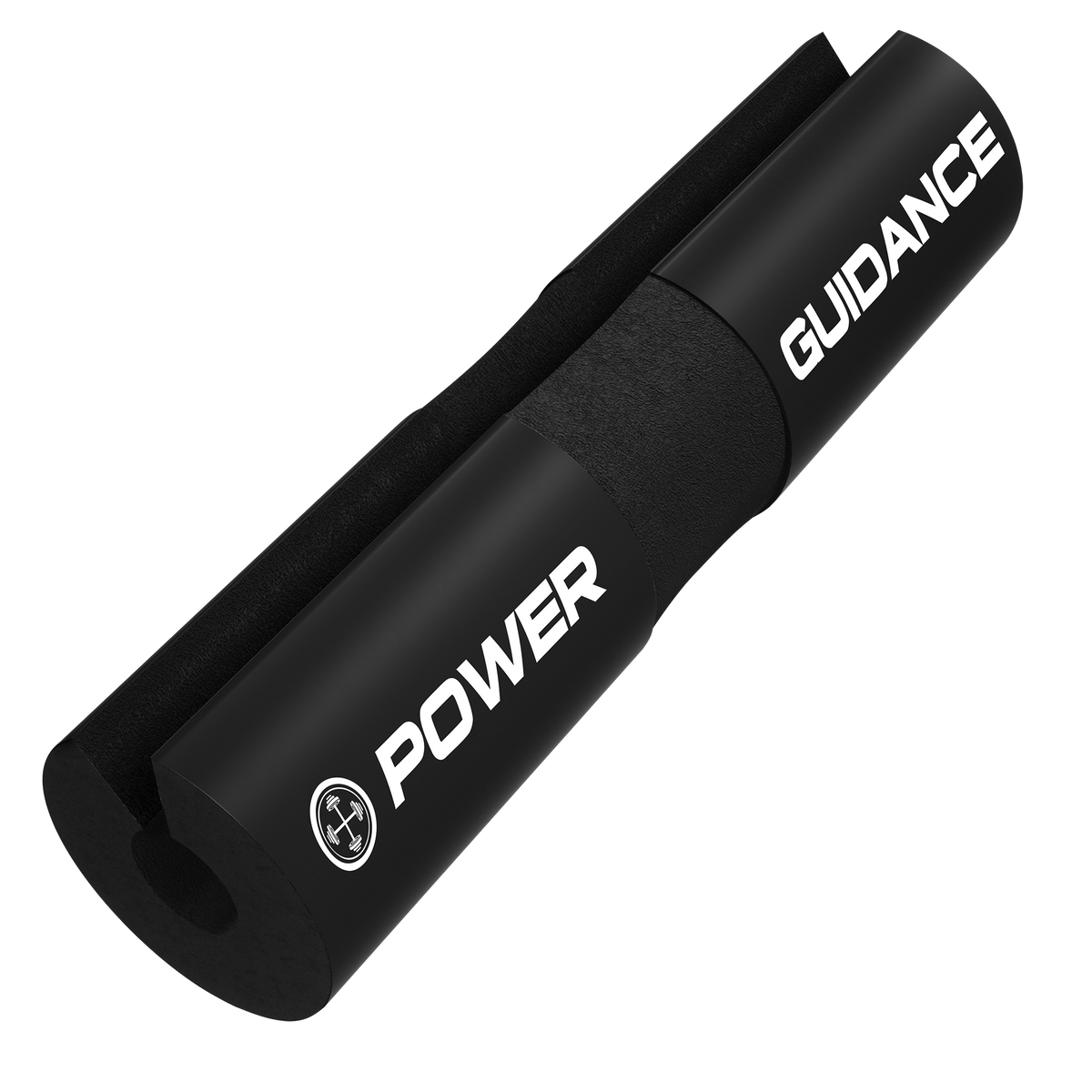The US Department of Health and Human Services recommends American adults should engage in strength training at least twice a week. For best results, these workouts should be moderate to intense in difficulty and target all muscle groups.
Currently, only 30% of Americans are actually getting that exercise in every week.
A lack of strength training in men can have real consequences. Without strength training, after age 30, men start losing 3-5% of their lean muscle mass. Not only will that impact a guy's day to day functionality, but lean muscle is also the body's metabolic engine. Less muscle means fewer calories burned every day.
On the flip side, regular consistent strength training can provide a lot of benefits:
- Increase in daily physical performance
- Maintenance of bone density and muscle mass
- Improved joint health
- Increased metabolism
- Better control of Type 2 Diabetes
- Improved balance
- Releases endorphins
- Better sleep patterns
- Increased executive brain function and productivity
Additionally, moderate strength-training just a couple of times a week may help you live longer. According to the American Journal of Epidemiology, strength training is just as important, if not more than cardiovascular training. Moderate strength training can lead to a 23% risk of death from any disease and a reduction of 31% of cancer-related deaths.
Start Your Training At a Level You Can Maintain
Ernie is used to working with elite athletes, but that doesn't mean he can't pull from his experience trying to build programs for family and friends. Years ago, he used to give his friends and family the same crazy strength and conditioning programs similar to the ones he gave his athletes. He found that there was no way for a non-athlete, regular guy to keep up with these types of regimens, so his approach changed.
"Your strength regiment has to be sustainable," says Ernie. For him, the plan needs to be something he can keep up with regularly and feel good about. He's no longer looking to punish himself - or his friends - in the gym anymore. And more importantly, it's important to find a plan that isn't so time-consuming or intense that it begins taking away from the things he loves to do in life.
So should a regular guy start? Ernie doesn't recommend anyone go out, buy an expensive gym membership and try to "crush it." Especially if they are relative sedentary now. The best strategy is to start with trying to increase your current activity level at least a few times a week. Shoot to do a little bit of basic resistance training two to three times a week. Keep the training plan short and simple to begin with. It's important that you can get comfortable with a basic routine before you start taking your lifts "to the extreme."
Remember, just because you're working out harder, doesn't mean you're getting more benefits. While a moderate resistance training plan can provide a ton of benefits and reduce mortality, research has shown that too much strength training can have an increase in all-cause mortality. There's a sweet spot to strength training. Shoot to find yours.
The 5 Strength Exercise Routine the Scientist Recommends
Dr. Ernie Rimer suggests a relatively simple routine of five exercises to help anyone, at any level to reap the health benefits of a strength training program. The plan focuses on multi-joint exercises that work multiple muscle groups and joints in the body. "They give you more bang for your buck," says Ernie. These are the exercises he suggests everyone start with first:
Athletic/Acrobatic Starter
Start your workout with something that pushes your physical ability and gets the blood moving. Jump up on a box or step. Jump up and down. Run up and down a short flight of stairs.
Lower Body Strength
Find an exercise that uses all of your lower body muscles. Start with bodyweight or resistance bands before moving to weights. Try squats, lunges, or step-ups to simultaneously workout your entire lower body.
Posterior Chain
Your posterior chain is the complex of muscles that starts at your lower back, then runs down your glutes, hamstrings and calves. These are some of the biggest muscles in the body and they help with posture and body movement. These muscles help you maintain proper form while lifting, so it's important for them to be strong before moving up to a more intense lifting program.
Exercises like the hip hinge, Romanian deadlift, and "good-morning" work all the muscles in the posterior chain.
Upper Body 'Push'
Your upper body is broken up into two groups. The "push muscles" include the chest, shoulders, deltoids, and triceps. Work them up by trying push-ups, a bench press, or overhead press. These exercises work a lot of these muscles all at once.
Upper Body 'Pull'
The other upper body muscles are all involved in "pulling" motions. These include your upper back, lats, biceps and forearms. Try exercises like rows and curls to work this muscle group.
The number of reps and sets of this routine should be custom to where you currently are in your physical fitness. Focus on taking one step forward in your fitness at a time. Remember, just a moderate amount of strength training twice a week can have huge benefits.
A beginner should start with a number of sets and reps they can sustain and stick with it for a prolonged amount of time. Even if it's just one set of each exercise, one time a week. If that's a step forward for you, then start there.
"We want to get you further," says Ernie, "But it's important to take a step you can commit to and sustain."
As you get into a routine of strength training, you can eventually work towards two to three sets of each of the exercises, two to three times a week.
Do These Exercises Anywhere with Any Time You Have
You don't need to carve out a couple of hours a week in your busy schedule or spend a lot of money on a pricey gym membership to start strength training. These exercises can be done at home with bodyweight with whatever time you have available.
Look around your place and get creative. There are plenty of ways you can complete the five exercises without much equipment. For the athletic component, find some stairs in your house or a sturdy chair or coffee table. If Ernie's kids can jump up and down from a coffee table why can't you?
For the other exercises, try bodyweight exercises. Simple squats can work the lower body. Good-mornings for your posterior chain. Pushups and pull-ups for the push and pull of the upper body. Start with exercises you can easily do next to your bedside in the morning.
Additionally, bodyweight exercises are a great place to start. In strength training, form is key. If you're lifting a heavy weight with bad form, you can seriously injure yourself. Bodyweight exercises are much safer to begin with. You can get quite intense without as much risk of injury. Bodyweight exercises are also a great way to learn the correct form of an exercise before you add weight.
You don't have to devote hours of your week to this training to get in shape. For example, Scot is currently in a master's program and a lot of his time is spent doing course work. He takes a short 5 minute break every hour when he's studying. He fits in a few bodyweight exercises during his breaks to keep his body strong.
According to Ernie, these small bouts of training can be as effective, if not more, than a solid block of training time. "Exercise Microdosing" is a big area of research today in sports medicine. Sports scientists have seen results that several short doses of strength training in a day may be more beneficial for bone health, muscle development and joint health than a longer, sustained amount of time.
Keep it simple. Fit it in when you can. Aim to improve.




0 comments